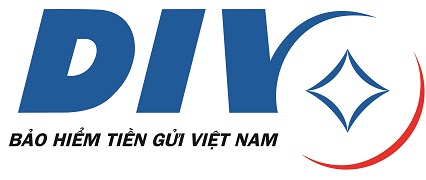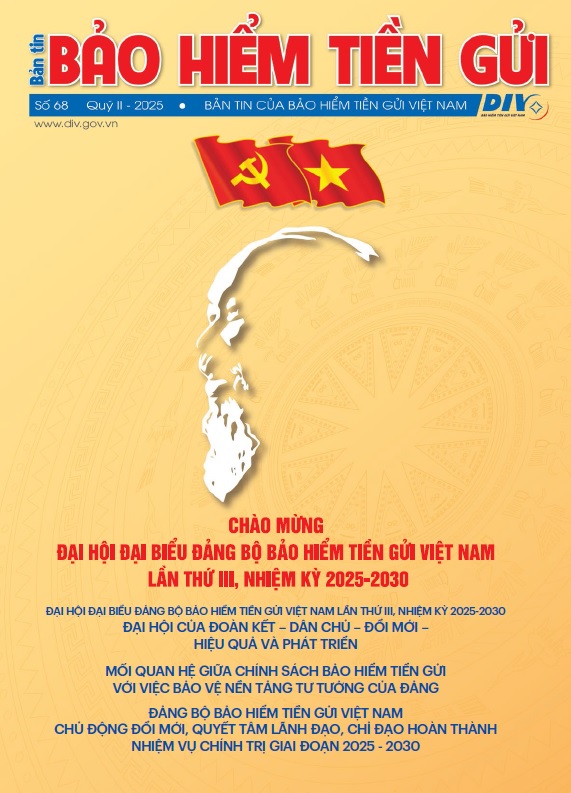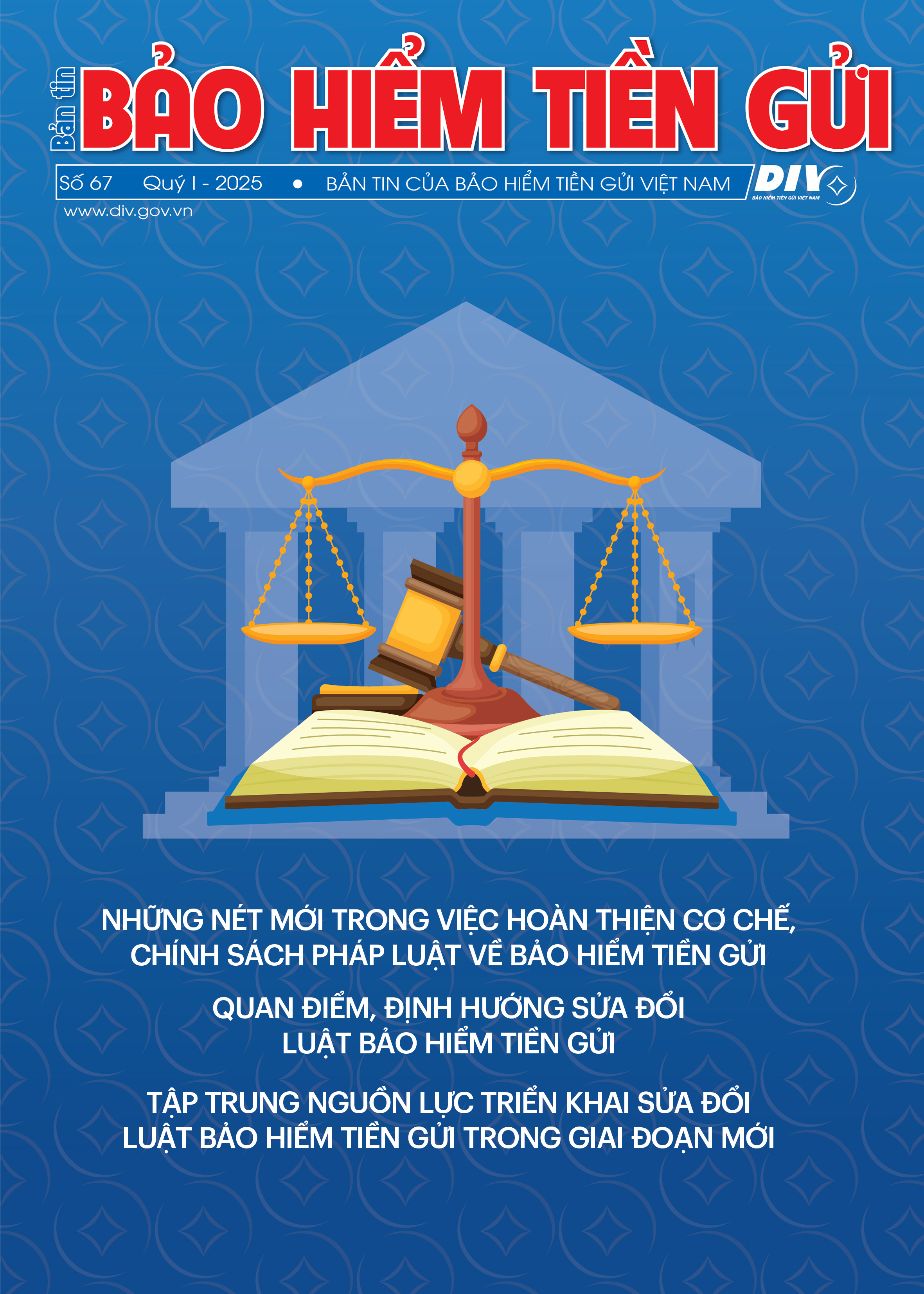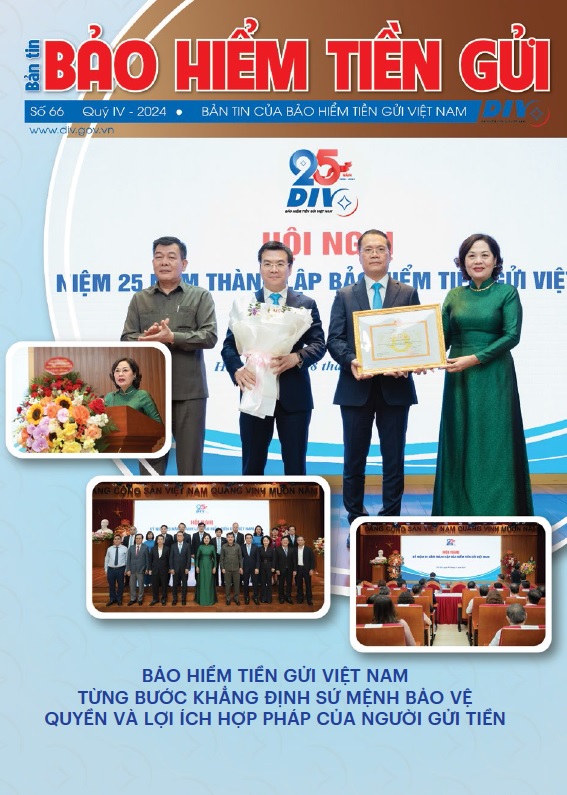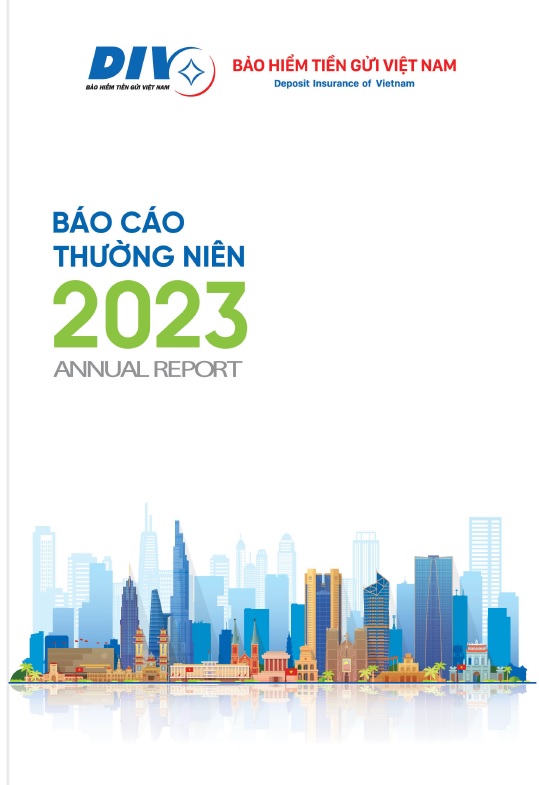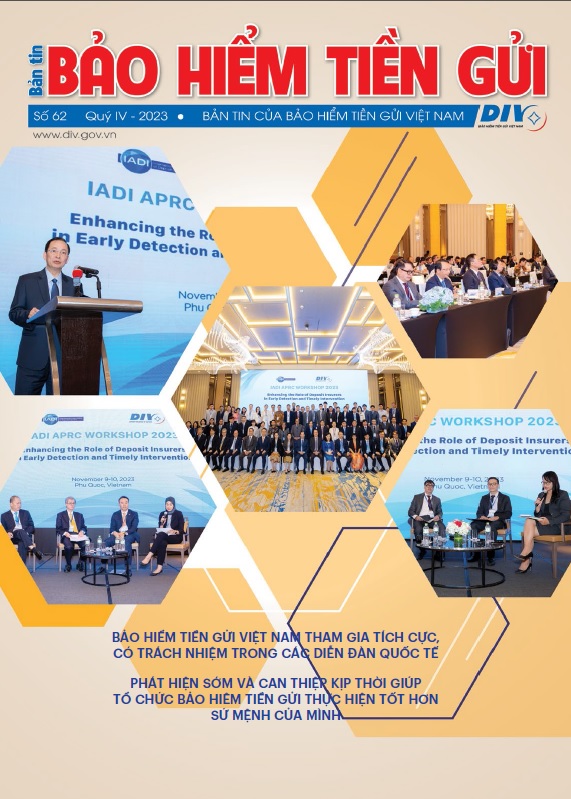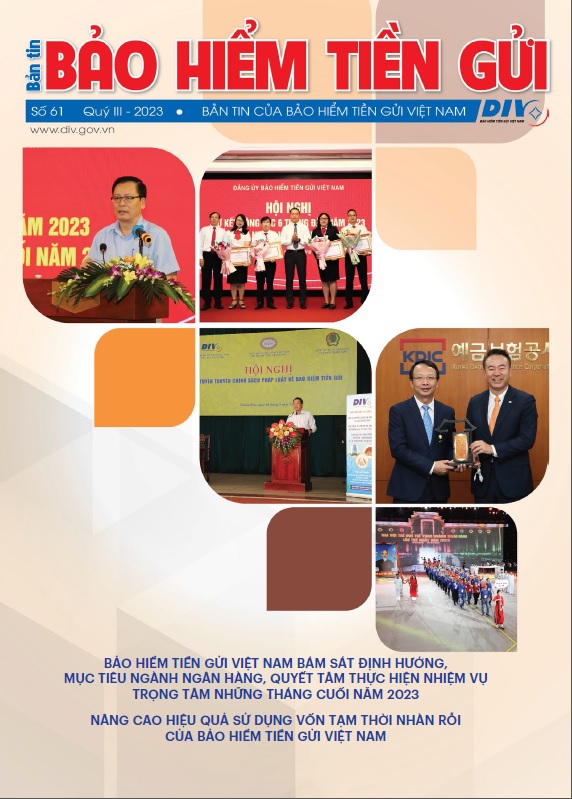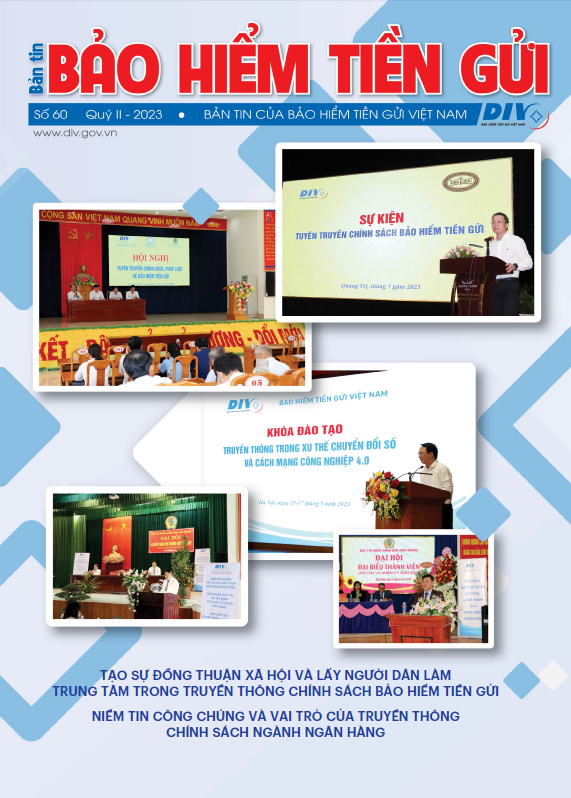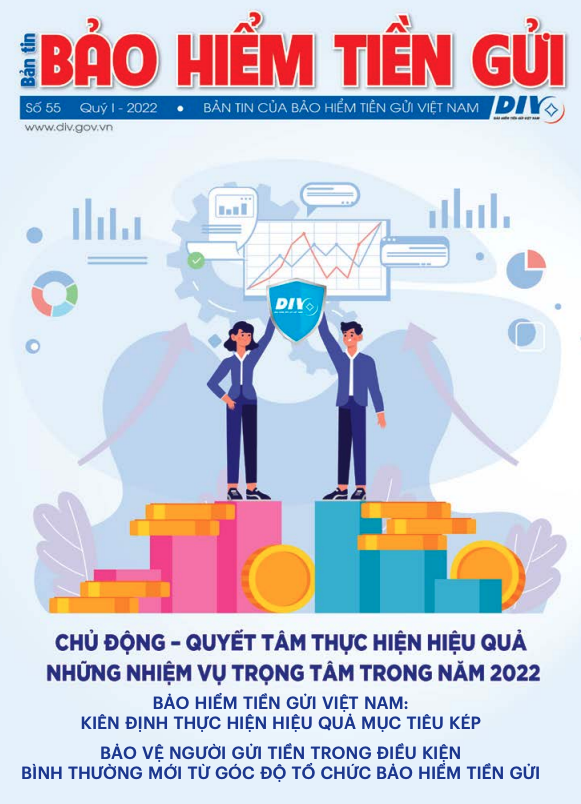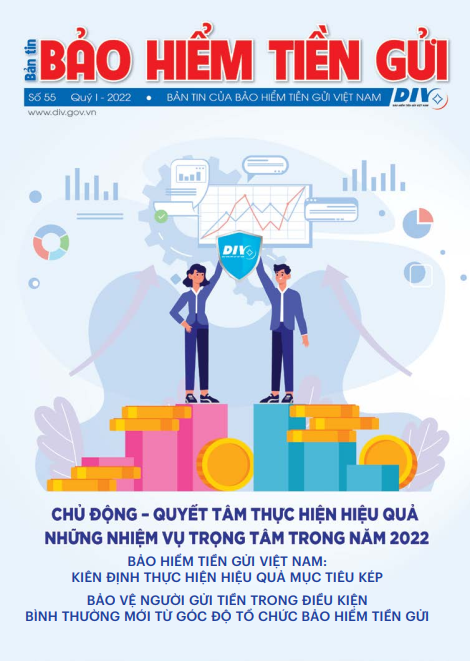As can be seen in the part of credit institutions assessment in the Economic and Financial Report, Issue of April 2018, the NFSC affirmed: The capital mobilization was better than in the same period of 2017, the credit growth was less but the capital flow was under better control. It is necessary to be careful and have measures to cope with risks of conversion of capital flows, especially foreign indirect investment.
Mid and long term credit are coming back to increasing track
The NFSC reported that capital mobilized from individuals and economic institutions increased by 3.5% overthe end of 2017 (2.8% for the same period of 2017).The VND deposits rose up by 3.7%, foreign currencywent down by 3.1%. The ratio of foreign currencydepositsout of total depositswas 9.2% (compared with9.7% of the end of 2017).
By the end of April 2018, credit growth hit 4.3% over the end of 2017 (as compared with 5.6% over the same period of 2017). The VND credit was estimated to go up by 4.1%, accounting for 91.9% of total credit, while foreign currency credit expanded by 6.3%, accounting for 8.1% of total credit (as compared with7.9% of the end of 2017).
The NFSC also estimated that “mid and long term credit signaled a rebound”. In the first 4 months of 2018, mid and long term credit gained 5.3% while short term credit boosted by 3.2%. The mid and long term credit ratio reached 53.3% (in comparison with47.2% of the end of 2017).
Notably, the credit ratio for industrial sector had a remarkable change asit increasedby 22.1% (as compared with19.7% of the end of 2017). Meanwhile, the ratio of households lending decreased to 16.5% (against17% of the end of 2017). Lending to other sectors showed stable figures.
Liquidity of the credit institution system was rather redundant. By the end of April 2018, the loan to deposit ratio (LDR) stood at 87.9% (against88% of the same period of 2017). LDR in VND was 89.8% while in foreign currencies was 71.7%. The interbank interest rate remained low despite the slight riseover the end of March 2018.
Specifically, the overnight interest rate averaged at 1.5% (rising by 0.5% from the end of March 2018), 1 week rate at 1.6% and 1 month rate at 2.0% (rising by 0.6% and 0.3% respectively overthe end of March 2018). However, the interbank rate in all terms remained 1.7% to 3.3%, lower than the same period of 2017.
By the end of April 2018, the SBV attracted a net value of aboutVND 39 thousand billion. Rates of deposits from individuals and enterprises were relatively stable. The deposit rate averaged at 5.2%, up by 0.1% from the end of 2017. The lending rate averaged at 8.9%, of which VND lending rate was around 7% to 11%, USD lending rate 2.4% to 7%.
Nevertheless, the NFSC noted that due to bigger inflation pressure in 2018 than in 2017, the interest rate reduction might face more challenges. The monetary policy regulation should thus be more flexible and proactive for keeping rates stable.
With the slightgrowth of USD/VND exchange rate by the end of April, the central rate rose by 0.3%, the rate of commercial banks 0.26%, the rate of free-market rate 0.4% in comparison with the end of 2017. The NFSC supposed that “the reason for these risings might be the strengthening of the USD index in the global market. However for the whole first 4 months of the year, this index kept on decreasing”. The NFSC estimated that the USD/VND exchange rate in 2018 would mildly go up by 1.5% to 2%, creating competitive advantages for Vietnamese exports as well as easing inflation pressure.
Budget surplus
For stock market, after reaching a peak of19.3% in the first quarter and approaching 1,200 points, the VN-Index went down in April. By the end of April, VN-Index reached 1.050 points, down 10.6% compared withMarch. The NFSC supposed that in this context, we should be careful and prepare measures to cope with risks of conversion of capital flows, especially foreign indirect investment.
The NFSC forecasted that foreign capital would be poured into Vietnam’s market. From early 2018, foreign investors have purchased a net value of USD 652 million in official stock market (including USD 590 million of shares and USD 62 million of bonds).
In April, foreign investors bought a net amount of USD 62 million (of which a net USD 65 million of shares was bought and a net USD 3 million of bonds was sold). Foreign investors actively joined the IPO, share sales of large private firms such as Techcombank and Vinhomes Joint Stock Company (under Vingroup) showing confidence in the prospect of the private economic sector.
The NFSC also emphasized that: “Government bond issuance signaled more difficulties and slow disbursement”. The bid-to-cover ratioof government bonds sharply reduced to 37.5% in April 2018, from 66.2% of March 2018. Meanwhile, the bidding yield increased by 0.02 to 0.07% as compared withthe end of March leading to a mild rise of bidding yield in the coming time. Slow disbursement of budget raised by government bonds downgraded the budget usage effectiveness although the total funds raised by government bonds hit VND 46,013 billion in the first 4 months of the year, equivalent to 23.01% of the planned target for 2018.
Regarding macro-economic indicators, the NFSC considered that for long term, the inflation rate would strengthen by 0.6% compared to the year-on-year period, making the CPI of 2018 higher than that of 2017 if the process for raising prices of public services would not be properly controlled. Based on changes of the world and domestic commodity markets, the NFSC estimated that the adjustment space of inflation for public services prices to the end of 2018 would be 1 – 1.2% for ensuring the inflation target of below 4%.
Especially, the NFSC also revealed positive changes of the state budget asit reported a surplus of VND 11,300 billion (cumulatively by 15 April 2018), while deficit has been a chronic disease for many years, and the 2017’s budget deficit hit VND 20,000 billion. Public debts also had bright signs with relevant indicators laying within the scope allowed by the National Assembly. By April 2018, the public debts were estimated roughly at 55.9% of GDP, of which the Government debts at 47.4% and debts guaranteed by the Government at 8%.
Despite positive results of state budget over the first 4 months, for ensuring sustainable balance, the NFSC suggested that some measures should be taken as cutting down regular expenses and public staff, as well as making the revenues and expenses of Social Insurance fund balanced, ensuring the revenues of the Social Insurance fund, and attracting more people to voluntarily participate in the Social Insurance scheme. Besides, the NFSC proposed some adjustments to the Law on Public Investment for facilitating capital flows to government bonds.
Linh Ly
According to "thoibaonganhang.vn"
